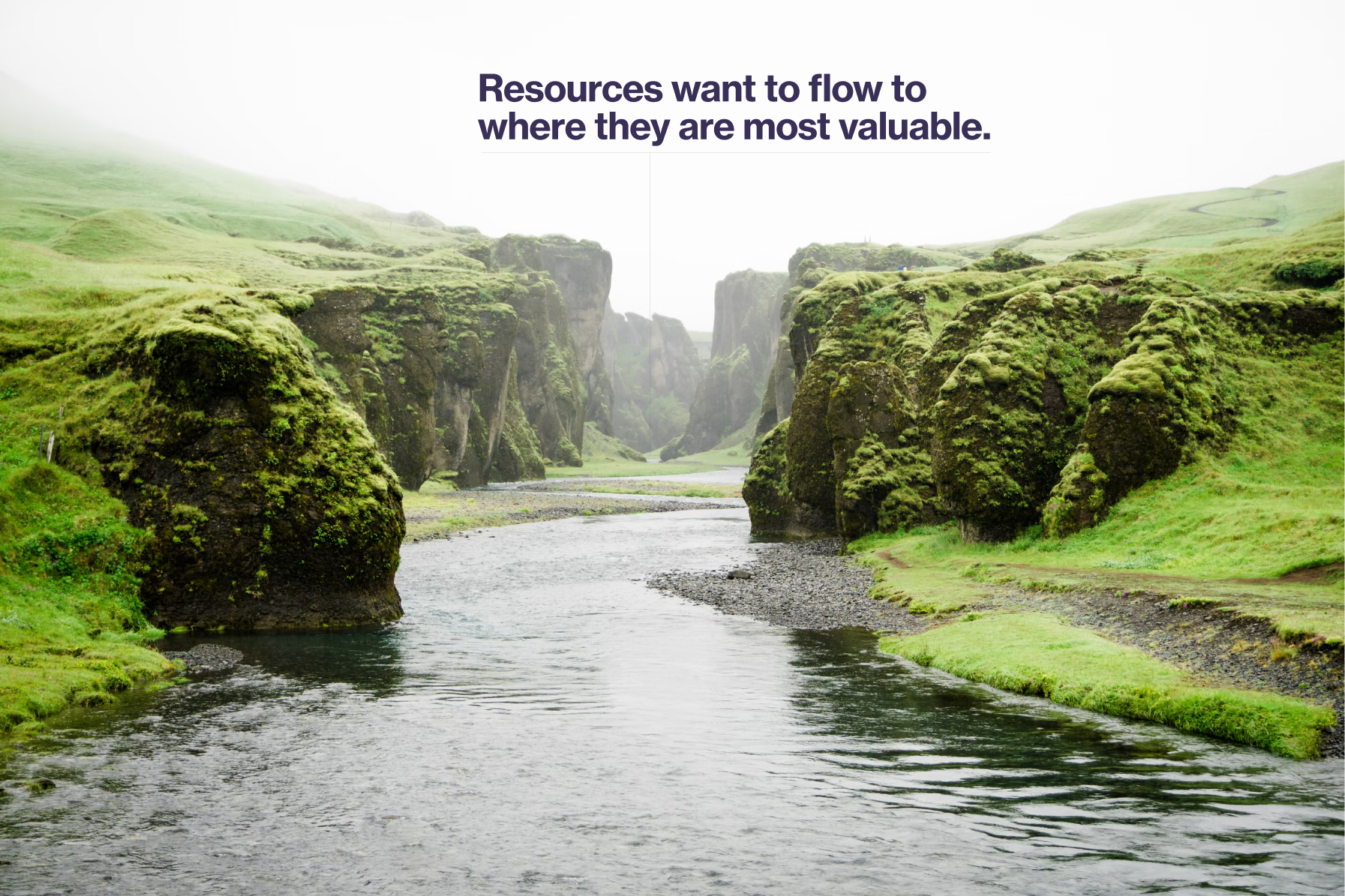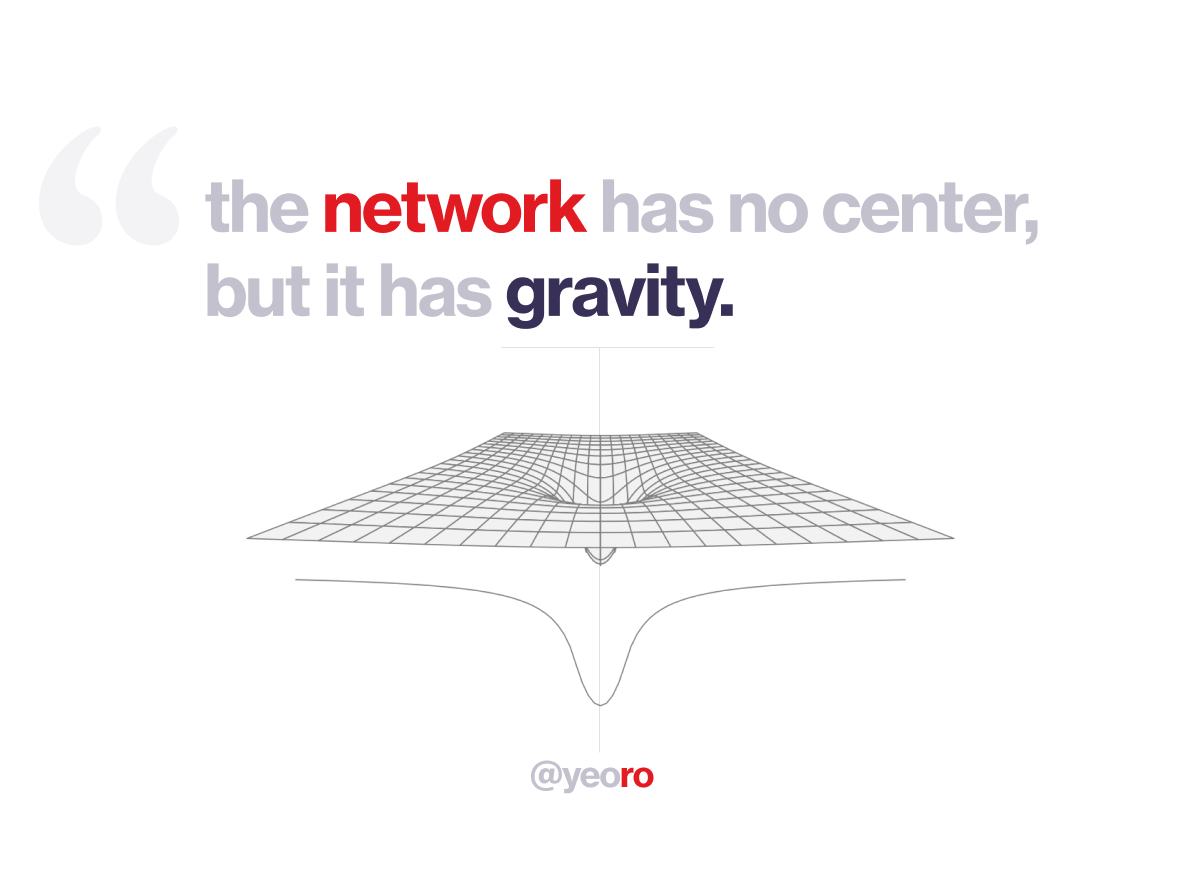This article was originally published on superbenefit.mirror.xyz
Rowan is a contributor to SuperBenefitDAO and works on scalable models of coordination and fractal DAO governance. Much thanks goes to Heenal Rajani, Michael Lewkowitz and Michelle Baldwin who contributed to this article. This comes out of work that SuperBenefit is doing to explore the evolving nature of governance in web3.
History repeating
Web3 is giving us the opportunity to rewrite how groups of people come together and do things in the world. But are we importing a core concept from our existing paradigm without realising it? A concept that if it does find its way into the fabric of web3 might see us recreating our traditional centralising structures - the very structures we are so fervently trying to shake off?
How entity thinking became our dominant model
400 years ago, the creation of the limited liability company (with the formation of the Dutch and English East India Companies) laid down the template for the modern company. "Legal personhood, permanent capital, transferable shares, separation of ownership and management, and limited liability" defined its status as an entity structurally separate from the people involved in it. Over the past 400 years this has become the basic template upon which all of our capitalist world has been built.
It can go by many names depending on where you are in the world. But whether it’s called a Limited Company, an LLC, a Corporation or some other variation on the theme, it is all essentially the same structure that was laid down in the 1600s. The company has become the basic building block of modern commerce and almost all of the development of modern society has been driven by it.
A company is, at its heart, a way of organising a network of participants in a highly coordinated and profitable way. By putting different participants into well-defined categories (investors, employees, suppliers, customers etc) the company can create a role for each to play that will benefit each and benefit the company. If it works, the company wins. And the more scale it can generate by doing this, like building giant factories and workforces, the more efficiencies it can create and the more it wins. This is the basic formula that is repeated across the globe.
In this system the company is the central entity: we invest in the company, we work for the company, we sell to the company we buy from the company. The company is always at the centre coordinating its network.
Because most of the modern world is built on the back of this model, "entity thinking" is an inescapable part of our context. Whether it's a company, a non-profit, social enterprise, university or a nation state, we can't help but orient around entities. This is programmed deep into us and our systems.
Entity thinking is woven all the way through our legal system. As soon as we try to do anything practical, we need a formal entity. Anything to do with money, compliance with regulations, transacting with customers-everything requires us to centralise around some sort of structured entity to contain our activities.
It’s also deep in our psychology, we feel it viscerally. We've all had that experience when our thing becomes a Thing. That feeling when our amorphous collection of intention, ideas and people gets instantiated as a company, a non-profit, a DAO... an entity. All of a sudden it seems more solid, more real, more possible and more valuable than just the sum of our collected thoughts and actions.
The entity becomes our psychological anchor and the lack of an entity to anchor our thinking makes us feel untethered and a bit lost.
DAOs are reproducing entity thinking
Incredible work is happening in DAO governance amidst an explosion of innovation on how to coordinate collective activities. Entity thinking, however, is a continuous influence on DAO design and governance and it undermines the potential that has drawn us here.
We constantly talk about the network as being the important thing, but we can’t help backsliding into focusing on the DAO as an entity and, as a result, ever more time, energy, cost and risk gets tied up in governing the entity.
Entity thinking is bound up in the concepts of assets and their need to be owned by something. Orienting DAOs around the concept of treasuries and protocols (as assets) draws us into thinking of a DAO as an entity, with assets that need to be protected and managed.
For all our talk of "stewardship" as a deeper concept, we can't help but collapse into focusing way too much on who’s in charge of the entity and its assets.
Even as we decentralise DAO decision-making via proposal voting, if we are just decentralising the governance of an inherently centralising concept we are repeating this historical pattern and missing the bigger web3 opportunity.
If anything, the success of DAOs has served to exacerbate the tendency towards entity thinking, due to the fact that many DAOs have treasuries that are out of all proportion with the current value that exists in their networks. This distortion makes it almost impossible for a DAO’s treasury (as a centralised asset) not to have an outsized gravitational pull.

The value exists in the DAO network, not in the DAO entity
If we can stop collapsing into this subtle trap of entity thinking, we can see decentralised autonomous organisations in a much more profound way, as decentralised autonomous networks. As centerless networks that organise themselves. As coordinated flows of resources across a network towards some animating goal.
We need design that recognises DAO networks as what they are: groups of actors (people and organisations) who are coordinating their collective resources towards some shared intent. Their value is represented in real-time as the resources in the network (time, skills, technology, capital etc) plus the way it is being coordinated toward their goals in high leverage ways.
Our fixation on treasury assets and protocols as assets is leading us to miss that the incredible potential of web3 can only be realised when networks are set free.
When they are not squeezed through a centralising entity frame, three critical properties become possible for DAO networks:
- High-scale - They are capable of generating the kind of high-leverage scale-economies that companies have used to power the last 400 years of progress.
- Adaptive - They can innovate. They can be adaptive and evolve, form and re-form in unique and powerful ways. Unlike companies, along with leveraging scale they can also be highly creative, experimental and responsive to change.
- Sensing - All of this scale and innovation can be driven by a broader and deeper sensing of what is needed beyond the narrow set of needs that a company is designed to serve (i.e., maximising shareholder value). DAO networks can genuinely serve the larger needs of the ecosystems they inhabit.
These three qualities hold the potential of what web3 can offer the world, but their actualisation is by no means guaranteed. If we continue to pass everything through an entity thinking filter as our underlying framing, we are more likely to get the heartbreak of more of the same… a world where high-leverage, high-scale things are dominated by centralising power and profit motives and where the work of moving the world to a better future is back as a low-leverage, low-scale side project for humanity.
Fractal DAO design can take us somewhere better
If we lean into thinking about DAO networks as coordinated flows of resources towards a goal, and not as centralising entities, then the only real way for this to work is using fractal dynamics. Just as in biological systems, we need DAO networks that can:
- Spin up versions of themselves out of themselves
- Constantly form, reform and deform
- Exercise radical freedom combined with powerful interdependence
Fractal DAO network design is leading us to ask questions like:
- What is a minimum viable DAO network structure?
- What primitives and tools would make it simple for networks to spin up useful fractals of themselves?
- How can a treasury be a distributed function across a network and not a centralising force?
- How can part of a network reform into a new structure that fully represents the value embodied by that part of the network?
- How can tokens (meta-governance, treasury, reserve currencies) work across fractal networks to maintain powerful but flexible interdependence - governance, incentives and leverage?
There is a lot more to say about fractal design in DAOs and also a bunch of folks doing interesting work to answer some of these questions. Some promising examples include:

“DAO” as a verb, not a thing
It’s also true that thinking about DAOs as complex networks is probably what we all think we are doing already. But entity thinking is deeply ingrained and subtle and will keep exerting its gravity on what we are designing and building. We need to be aware, moment by moment, of when we might be collapsing back into entity thinking, otherwise its centralising power will just keep sneaking back in again and again.
Maybe part of this is a reorientation of our language. Maybe it's "DAO" as a verb. The ”organisation” in DAO does not refer to an entity, but to the act of organising.
To DAO, or DAOing, is for a network to autonomously organise itself in a decentralised way. And what we call “DAO” is just the collection of coordinating functions that show up in a network/community so that it can achieve its goals.
Perhaps this reframing will help keep us oriented towards coordinating value flows across networks and away from legacy ideas and entity thinking.
